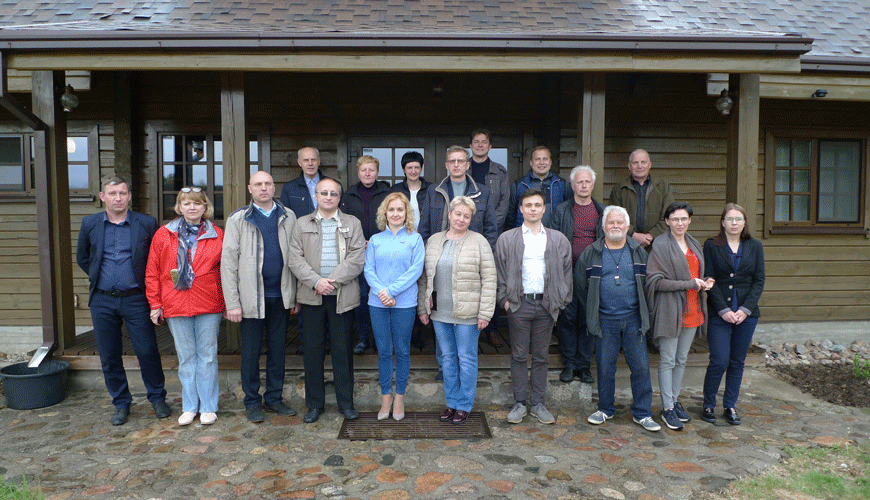Reduction of Negative Impact of Alien Invasive Plant Species on Ecosystems and Human Wellbeing in Cross-border Region of Lithuania-Belarus (Alien Invasive Plants)
About of project:
Project period: 15.02.2019 – 14.11.2020
Budget: Total project budget: €314,691.32; EU contribution: €283,222.18
Implementing agency: Nature Heritage Fund, a non-governmental organisation (Lithuania)
Partners: Yanka Kupala State University of Hrodna, Administration of the Agriculture and Food Department of the Hrodna District Executive Committee, Aziory National Landscape Reserve (Belarus); Varėna District Municipality, Administration of Dzūkija National Park and Čepkeliai Reserve (Lithuania)
Locations: Hrodna and Ščučyn Districts (Belarus), Alytus and Vilnius (Lithuania)
Budget: Total project budget: €314,691.32; EU contribution: €283,222.18
Implementing agency: Nature Heritage Fund, a non-governmental organisation (Lithuania)
Partners: Yanka Kupala State University of Hrodna, Administration of the Agriculture and Food Department of the Hrodna District Executive Committee, Aziory National Landscape Reserve (Belarus); Varėna District Municipality, Administration of Dzūkija National Park and Čepkeliai Reserve (Lithuania)
Locations: Hrodna and Ščučyn Districts (Belarus), Alytus and Vilnius (Lithuania)
Description
At present, the invasion of aggressive alien species is a global environmental and socio-economic problem in the world. Invasive species push out local flora and fauna species, transform and destroy local ecosystems and incur substantial economic damage, while posing a hazard for human health. It is a duty of all countries/signatories of the 1992 Rio Convention on Biological Diversity, including Lithuania and Belarus, to develop measures to prevent biological invasions, mitigate their effects and monitor them. These measures can only be effective subject to international cooperation, as invasive species know no state borders.Goals and objectives: enhance the efficiency of local authorities, nature-protection organisations and local residents in controlling the expansion of aggressive alien plant species.
Outcomes: In May-August 2019 the project participants have completed an all-out inventory of the eight most dangerous invasive plant species in the Belarusian/Lithuanian transboundary area.
An interactive digital map of invasive alien plants distribution ossac the model territory was developed based on a GIS database created as part of the project. A report on diversity, distribution and evaluation of the invasive alien plant species in the model territory was prepared and techniques to reduce the umber of such hazardous species was tested.
The project participants have also developed a special online questionnaire designed for data collection by transboundary area residents about the distribution of 20 alien hazardous plant species. The Joint Strategy and Action Plan to Prevent Further Expansion of Dangerous Plants was developed and an updated list of hazardous invasive alien species of wild animals and plants whose distribution and number are subject to regulation was approved.
As a result a partnership agreement between the municipalities of Varėna (Lithuania) and Hrodna was signed to ensure follow-up cooperation after the project completion.
Contacts: Project Manager - Oleg Sozinov, Botany Department Chairman, Yanka Kupala State University of Hrodna
+375 29 783 20 66, o.sozinov@grsu.by
Documents: Information booklet (Russian language)
-
Please fill the questionnaire to put the discovered alien invasive plant species on the map (LT/RU): https://arcg.is/0Drb1u
-
Online-map of invasive plant species based on the data collected by local residents
-
Map of invasive plant species distribution in the Belarus-Lithuania boundary area
Web links:
The project's page at the Hrodna State University website
Media about the project
https://nastgaz.by/barshcheunik-sumnik-i-shalyony-agurok/
http://www.tvgrodno.by/video/v-obektive-naturalista-invazivnye-rasteniya-14-08-2019.html
Interview with the project manager Oleg Sozinov (Aleh Sozinau)










